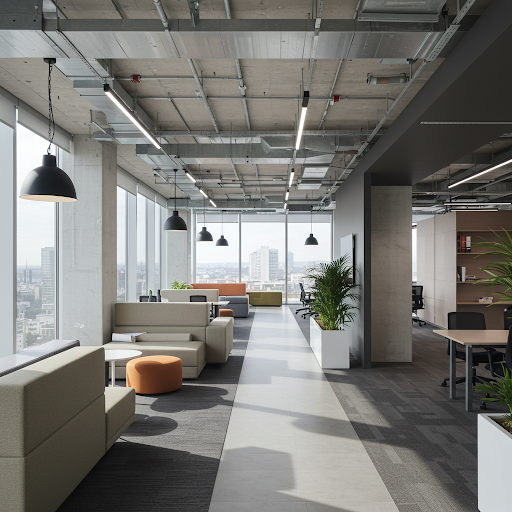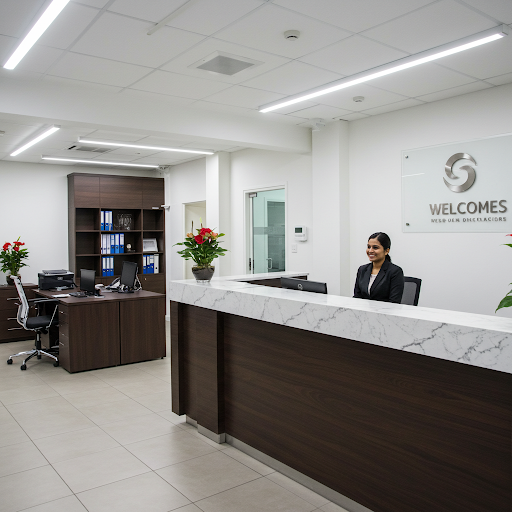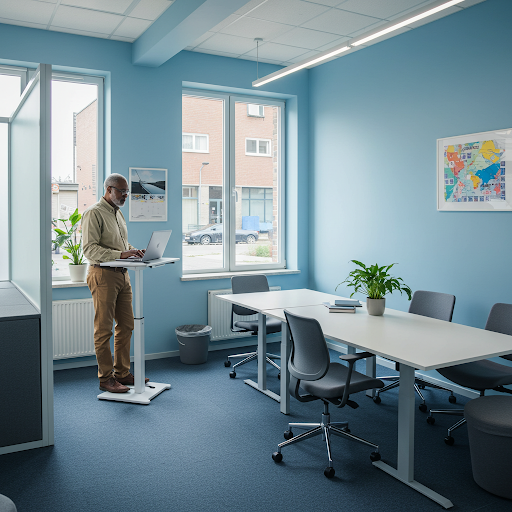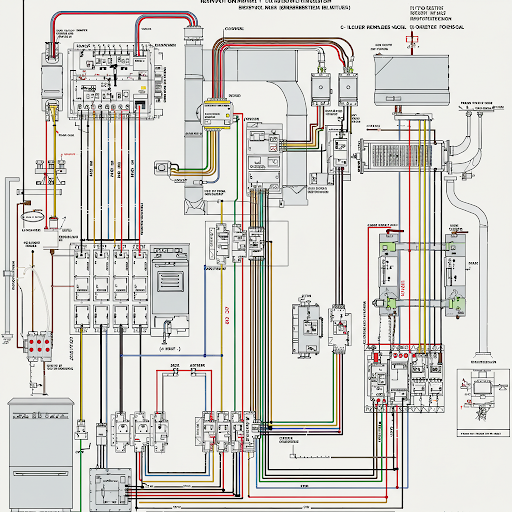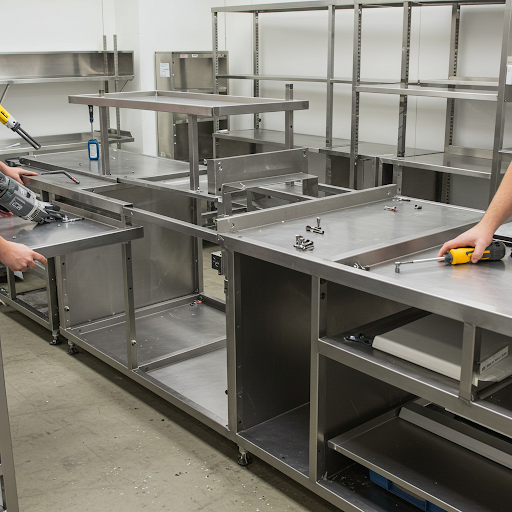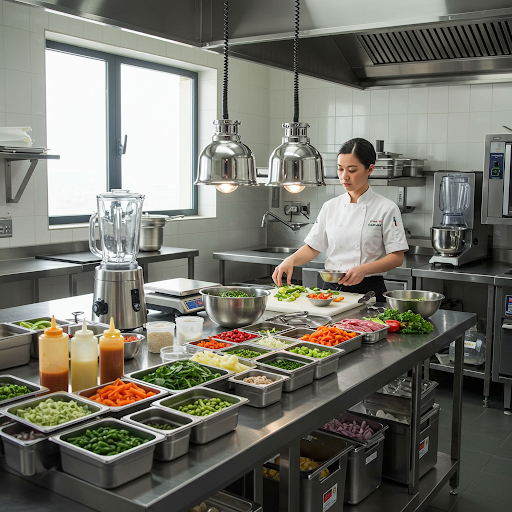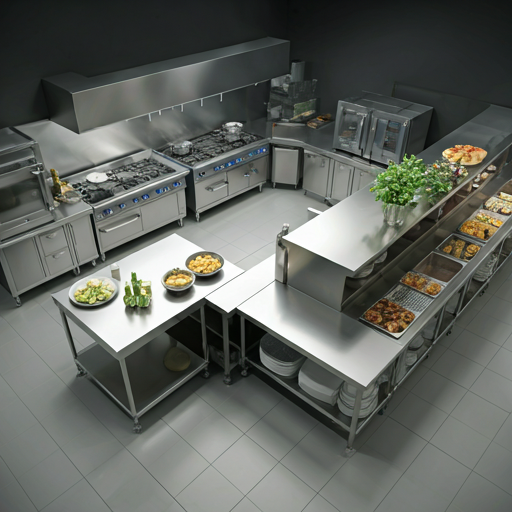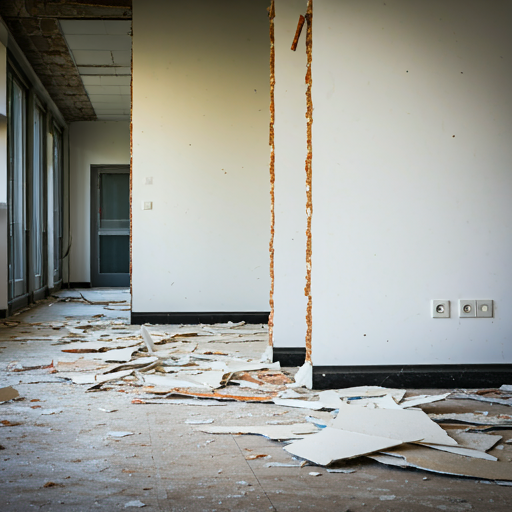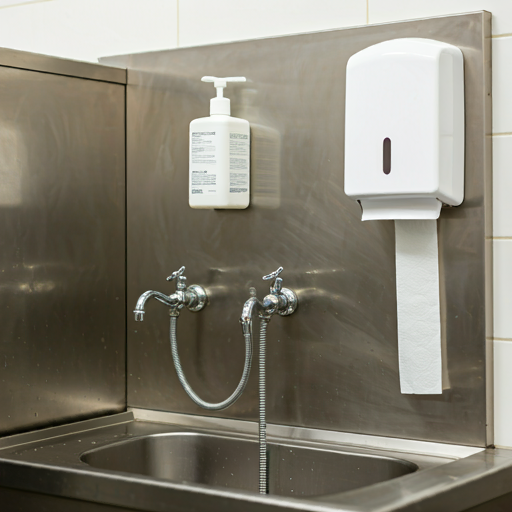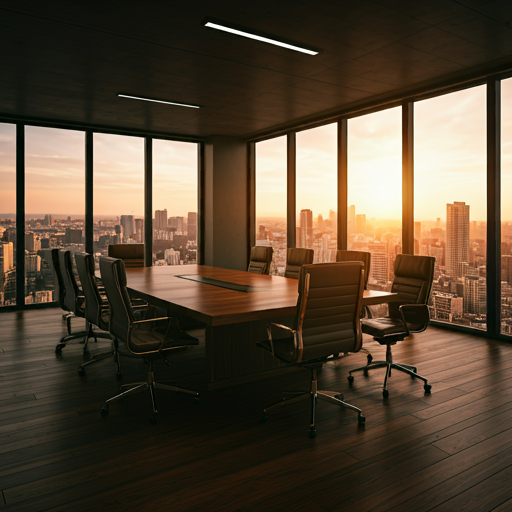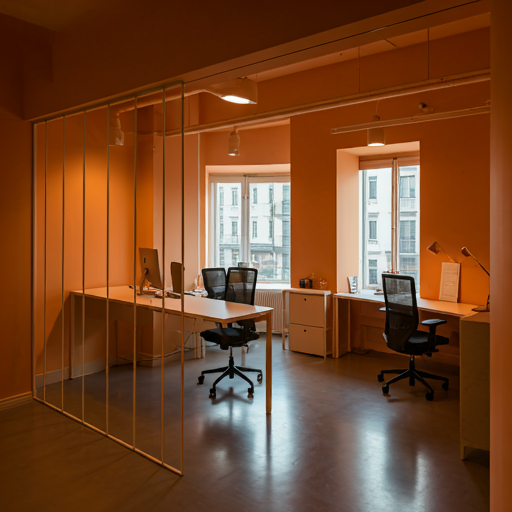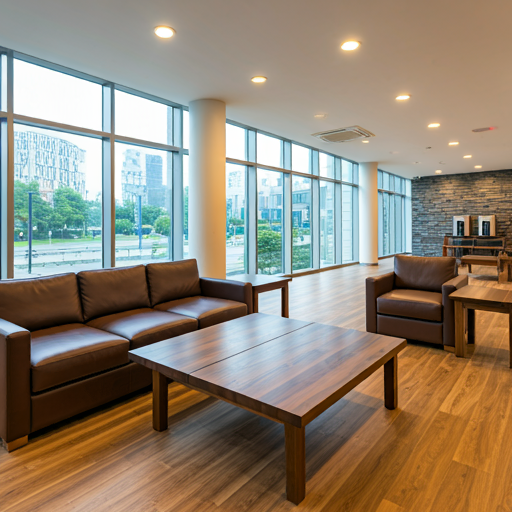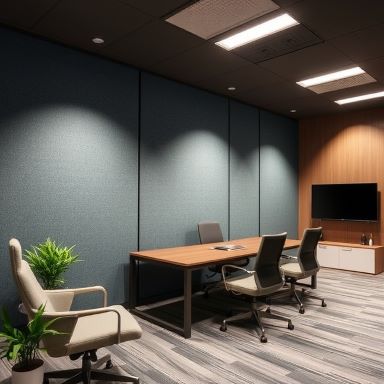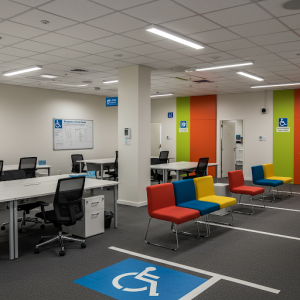Description
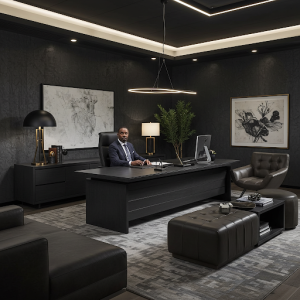
As commercial interior designers, we design business premises. We work with small and large-scale and very diverse tasks: this month we create a project for a cozy family coffee shop, and next month — an ergonomic office for an IT company. Business customers are ready to pay for the development of design projects and 3D visualization. Because they want the interior to be liked by clients and match the company’s style.

To work with commercial projects, a designer needs special knowledge. Selection of wear-resistant materials and equipment, and what NEMA, County, and National Government requirements are. And how to manage a large team of contractors.
Our team of commercial interior designers offers a full range of services to create unique and functional commercial spaces. We specialize in commercial interior design projects in Kenya and can help you turn your ideas into reality.
We offer interior design concept development for commercial spaces, including detailed drawings and specifications of materials and furniture required for the project. Our team is ready to provide you with quality work, as well as consultations and advice on all matters related to the design of commercial spaces.
Repair and construction works

Qualified, and most importantly, our proven construction teams will take you by the hand through all stages of construction, making the renovation process not painful and chaotic, but clear, structured, and, with an impeccable result, as in your 3D visualizations.
Commercial interior designers play a crucial role in repair and construction, ensuring functionality, aesthetics, and brand alignment.
They bridge the gap between architectural plans and the final, usable space. In renovations, designers assess existing conditions, identify areas for improvement, and propose solutions that meet current needs and building codes.
We select appropriate materials and finishes, considering durability, maintenance, and visual appeal. For new constructions, designers collaborate with architects and contractors, optimizing space planning, traffic flow, and accessibility.
We develop detailed drawings and specifications for lighting, electrical layouts, and HVAC integration, ensuring a cohesive and efficient design. Throughout the process, designers manage budgets, timelines, and contractor coordination.
Ultimately, we transform spaces, enhancing user experience, reflecting brand identity, and maximizing the value of the commercial property.
Peculiarities of the commercial interior designers’ profession
A residential and commercial interior designer is a versatile specialist who can work independently on a project at all its stages. Our professional responsibilities include:
- inspection of the site, coordination of the future design with the customer;
- assessment of the possibility of redevelopment;
- design development – from redevelopment to selection of materials;
- 3D visualization of design, making adjustments at the client’s request;
- author’s supervision of work on site;
- assistance in selecting and purchasing materials (often the designer uses personal discounts and brings clients to partner stores, which allows the customer to save money);
- handover of the object, making adjustments if defects are discovered during acceptance.
Residential and commercial interior designers work with technical documentation, coordinate and legalize redevelopments in various authorities, and control the quality of the design project. Many specialists cooperate with construction materials stores, repair crews, and large contractors. They ensure minimal client involvement in solving minor current issues, taking on management and control functions themselves.
Types of Commercial Spaces
The diverse range of projects undertaken by commercial interior designers reflects the broad spectrum of business environments. Each sector presents unique challenges and requirements, demanding tailored design solutions.
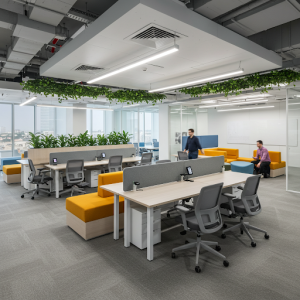
Offices require spaces that foster productivity, collaboration, and employee well-being. Designers create layouts that optimize workflow, incorporate ergonomic furniture, and integrate technology seamlessly. They consider factors like natural light, noise control, and flexible workspaces to enhance employee satisfaction.
Retail stores focus on creating immersive brand experiences that drive sales. Designers utilize visual merchandising techniques, strategic lighting, and engaging layouts to attract customers and showcase products effectively. They aim to create a memorable shopping experience that aligns with the brand’s identity.
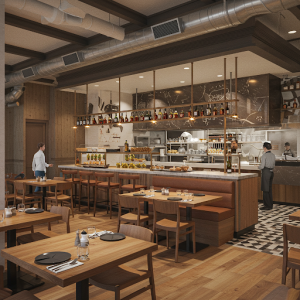 Restaurants and hotels prioritize creating welcoming and comfortable environments for guests. Designers consider factors like ambiance, traffic flow, and durability when selecting materials and furniture. They aim to create spaces that enhance the dining or lodging experience, reflecting the establishment’s unique style.
Restaurants and hotels prioritize creating welcoming and comfortable environments for guests. Designers consider factors like ambiance, traffic flow, and durability when selecting materials and furniture. They aim to create spaces that enhance the dining or lodging experience, reflecting the establishment’s unique style.
 Healthcare facilities demand spaces that promote healing and comfort. Designers prioritize hygiene, accessibility, and patient flow. They create calming environments that reduce stress and anxiety, utilizing soothing colors, natural light, and comfortable furnishings.
Healthcare facilities demand spaces that promote healing and comfort. Designers prioritize hygiene, accessibility, and patient flow. They create calming environments that reduce stress and anxiety, utilizing soothing colors, natural light, and comfortable furnishings.
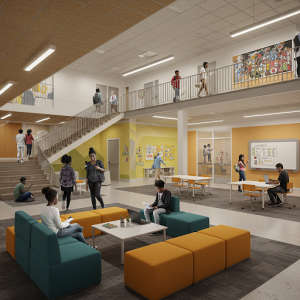 Educational institutions require spaces that foster learning and collaboration. Designers create flexible classrooms, engaging common areas, and technology-integrated learning environments. They aim to create spaces that inspire creativity and promote knowledge sharing.
Educational institutions require spaces that foster learning and collaboration. Designers create flexible classrooms, engaging common areas, and technology-integrated learning environments. They aim to create spaces that inspire creativity and promote knowledge sharing.
Corporate buildings encompass a wide range of functions, from executive offices to meeting rooms and public spaces. Designers create cohesive environments that reflect the company’s brand and values. They prioritize functionality, efficiency, and a professional aesthetic, creating spaces that impress clients and inspire employees.
In each sector, commercial interior designers play a crucial role in creating spaces that are not only visually appealing but also conducive to the specific needs of the business and its users.
What do we as commercial interior designers do?
The typical work algorithm of an interior designer looks like this:
- An interior designer’s day begins early in the morning with a review of the project they are already working on.
- If you start a new project, you should first request all the initial information. Usually, these are building plans, measurements, and addresses. It would be best to go to the site – this is important.
- After visiting the site, together with the customer, a technical assignment (TA) is drawn up. There is a universal template, but new input may appear during the conversation.
- It is necessary to ask correctly about the budget because the cost of materials varies, and the designer needs to know how much the customer is willing to spend on repairs to select and work within a certain price segment.
- Now it’s time for design. Its stages: concept – project – layout, or visualization:
- The “Concept” stage is a certain emotion, implying the relationship between the designer and the customer. The contract must specify the variants of solutions. Then, planning decisions are made and references (auxiliary images) are selected to approve the interior style. As soon as the concept is approved, the next stage begins – the “Project”.
- The “Project” stage is a detailed development of the entire project. The result is specifications and lists of finishing works, which can be given to builders to determine the construction estimate or to make a tender.
- Further, the designer is obliged to carry out the author’s supervision, which is specified in a separate agreement.
Commercial interior design
Commercial interior design is the art of transforming a space into a place where aesthetics meet functionality. Wallpaper Kenya specializes in creating unique commercial design projects, giving each project its personality and style.
Our experienced commercial interior designers approach each client individually, carefully listening to your needs and ambitions. We develop a design that not only matches your brand but also optimizes the use of space to improve business efficiency.
We help you choose outstanding materials. Innovative furniture. And stylish decor elements so that every corner of your commercial space speaks of your unique approach to business. Our team takes full responsibility – from idea to implementation, ensuring the smooth implementation of your project.
By contacting Wallpaper Kenya, you can be sure that your commercial space will become not just a place of work, but a calling card for your business. Trust us, and together we will create a design that distinguishes you in the market, giving your space a unique character and inimitable style. Let your business speak its language through excellent commercial interior design.
Stages of work in commercial interior design
Discussion of ideas and analysis of company processes
We prioritize understanding your business before designing your space. Our designers analyze your company’s culture, brand identity, and workflow to create an environment that supports your operations and enhances your image. By considering factors like employee needs, customer demographics, and industry trends, we tailor the design to foster productivity, collaboration, and a positive customer experience. This research-driven approach ensures that the final design aligns with your business objectives and creates a space that is both functional and aesthetically pleasing.
Planning solutions
Our specialists will develop an optimal floor plan so that the entire space is used as efficiently as possible. Skilled designers analyze workflow, traffic patterns, and functional requirements to create layouts that minimize wasted space. This ensures smooth operations, enhances productivity, and improves user experience. Strategic placement of furniture, equipment, and partitions optimizes movement and interaction. The goal is to balance aesthetics with practicality, creating a cohesive and efficient environment that aligns with the business’s objectives.
Aesthetic design
Aesthetic design in commercial interiors is crucial for brand communication and creating a positive impression. Commercial Interior Designers curate visual elements—colors, textures, lighting, and furniture—to embody your company’s identity. This fosters a cohesive environment that resonates with your employees and clients. The design reflects your company’s values and culture, enhancing your brand recognition. Thoughtful material selection and spatial arrangement contribute to a visually stimulating yet functional workspace. The aim is to create an atmosphere that not only looks good but also reinforces the company’s image and promotes a sense of belonging.
3D visualizations and VR tour options

You will be able to immerse yourself in your future interior thanks to our realistic 3D visualizations and take VR tours to see all the details before construction work begins.
Realistic 3D visualizations offer a tangible preview of your future space, moving beyond flat drawings to create a sense of presence. These visualizations allow you to assess design elements, lighting, and spatial relationships before any physical work commences.
VR tours elevate this experience further, enabling a full, interactive exploration of the proposed interior. You can virtually walk through the space, examining details from various perspectives, and gaining a comprehensive understanding of the design’s impact. This immersive approach eliminates guesswork and facilitates informed decision-making.
By experiencing the interior in a virtual environment, you can identify potential issues, refine design choices, and ensure the final result aligns with your vision. This technology minimizes costly revisions during construction, promoting efficiency and client satisfaction. It translates abstract concepts into tangible, explorable realities, fostering a deeper connection with the design process.
Equipment
We take on the task of finding and interacting with suppliers of materials and furniture to ensure your project receives the best quality and optimal prices. Professionals handle the time-consuming process of sourcing materials and furniture, leveraging industry knowledge to secure optimal quality and pricing. This ensures your project stays within budget while maintaining design integrity. Because we have built relationships with reliable suppliers, guaranteeing timely delivery and high standards. This comprehensive approach alleviates your burdens, streamlining the project and ensuring a seamless transition from design to realization.


